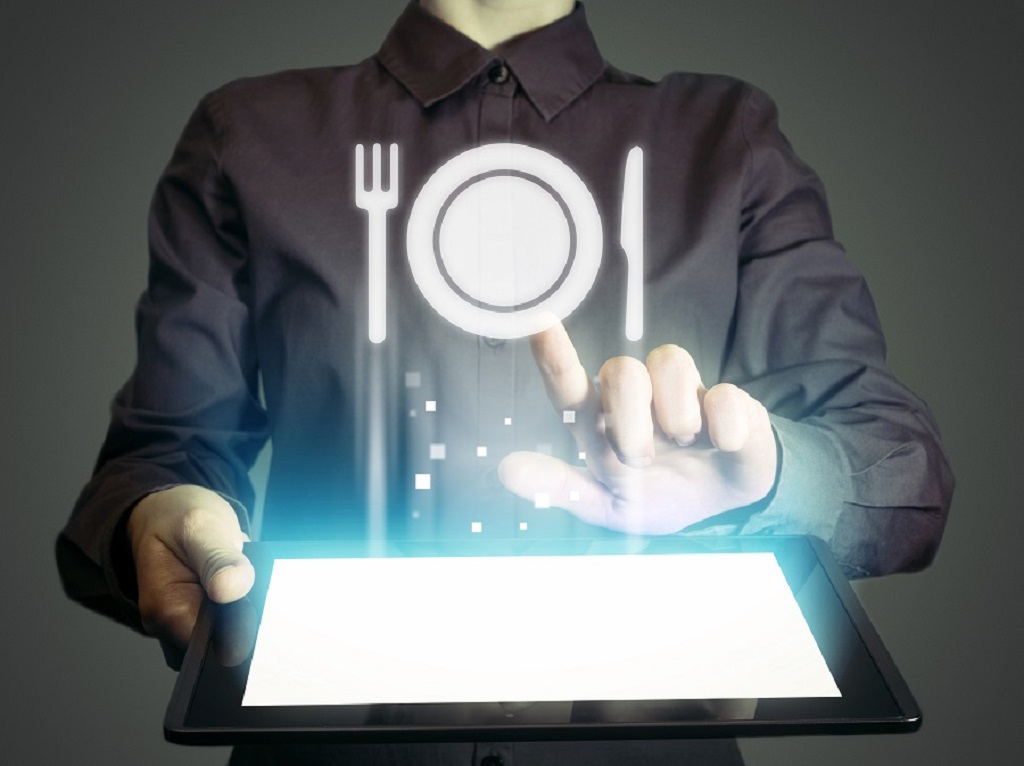The Impact of New Innovations in the Food and Beverage Industry
The food and beverage industry is constantly changing. Consumer demands are driving businesses to find healthier alternatives.
These new trends and innovations are having a positive impact on the industry. They are allowing food manufacturers to swap out ingredients, introduce smaller pack sizes, and source from alternative suppliers.
The following are some of the most popular emerging technologies in the food and beverage industry.
1. Artificial Intelligence (AI)
Artificial intelligence (AI) is transforming industrial practices by introducing new technologies that simplify operations and improve customer service. AI enables food and beverage businesses to automate processes, optimize inventory management, and enhance customer experience.
This report also offers insights on key market vendors and their successful business strategies. The report covers their market shares, revenue forecasts, and growth prospects. It also includes a detailed analysis of the post COVID-19 impact on the industry.
2. Smart Sensors
Food and beverage technology trends revolve around a need to maintain traceability and transparency throughout the process. Smart sensors help to streamline this by automatically recording data such as temperatures.
This information can then be viewed by consumers via apps on their smartphones. Another interesting development is the use of new technologies to find healthier alternatives such as Better Juice, which reduces natural sugars in fruit juice using naturally occurring enzymatic activity.
3. Robotic Process Automation (RPA)
Robotic Process Automation (RPA) uses software tools and modern-day programming languages to automate manual, rules-based activities. This technology is especially useful for business processes that are repetitive and time consuming.
Food and beverage manufacturers are using RPA to improve inventory management, order processing, and customer service. Companies that have implemented RPA at scale are achieving up to 20 percent capacity gains.
4. Artificial Intelligence (AI) for Food Safety
Food safety is a top concern for all food manufacturers. Using AI, companies can ensure that all workers wear proper attire and follow all food safety standards.
Companies can also use AI to analyze data on sales patterns and flavor preferences for different demographic groups, allowing them to increase product personalization faster. However, there are several risks associated with this technology.
5. Food Analytics
Data analytics is a valuable tool for merchandising. It helps food companies stay ahead of market changes and ensure a sustainable competitive advantage.
Moreover, restaurants use digital tools for menu management, customer engagement and enabling smooth operations. These tools help them improve customer experience and drive business growth. They also enable them to track orders and reduce commissions charged by delivery services.
6. Robotic Process Automation (RPA)
Robotic process automation (RPA) is software that automates rules-based actions on a computer. It helps reduce manual labor and boost productivity.
Food manufacturers are leveraging RPA to automate processes such as inventory management, order processing and customer service. They are also using it to monitor demand and optimize production schedules.
This enables them to make better decisions about when to increase or decrease production levels. And it ensures that they meet customer demands while ensuring product quality.
7. Robotic Process Automation (RPA) for Food Safety
Food safety is of paramount importance in the food industry. A single mishap can ruin brand reputation and lose consumer trust.
To reduce risk, a number of companies have implemented RPA. This is a process automation technology that uses software robots to automate repetitive tasks. This technology allows human staff to focus on other tasks. It also helps to eliminate error-prone manual tasks.
8. Robotic Process Automation (RPA) for Food Safety
Robotic process automation in the food industry makes production, assembling, and quality assurance faster and more efficient. It also prolongs shelf life and improves food safety.
It helps eliminate revenue reconciliation issues by automatically adjusting menu prices. Another use case for RPA is tracking shipments and sending real-time cargo locations to kitchens or purchasing managers. This helps eliminate delivery delays and waste.
9. Robotic Process Automation (RPA) for Food Safety
RPA software robots automate tedious tasks that reduce human error. This also frees employees to focus on more critical work.
Food companies can leverage RPA for a wide range of purposes. For example, it can help improve hygiene processes by cleaning machines and logging logistical data.
Restaurants can use it to track inventory and restock ingredients in real-time. Kitchen managers can set up digital menu prices based on the cost breakdown of dish ingredients. When an ingredient’s price changes, the menu automatically adjusts.
